Identify the corret definition
If after every certain interval of time, particle repeats its motion then motion is called periodic motion
To and fro motion of a particle over the same path is called oscillatory motion
Oscillatory motion described in terms of single sine and cosine functions is called simple harmonic motion
All of these
The correct Answer is:D
To solve the question of identifying the correct definition of oscillatory motion, we will analyze each provided definition step by step.
Step 1: Analyze the First Definition
Definition A: "If after every certain interval of time particle repeats its motion then the motion is called periodic."
- Explanation: This definition describes periodic motion, which is indeed a characteristic of oscillatory motion. In oscillatory motion, the system returns to its initial state after a fixed time interval, which is the essence of periodicity.
Step 2: Analyze the Second Definition
Definition B: "To and fro motion of a particle over the same path is called oscillatory motion."
- Explanation: This definition accurately describes oscillatory motion. Oscillation involves a particle moving back and forth around a central point, retracing the same path. Therefore, this definition is also correct.
Step 3: Analyze the Third Definition
Definition C: "Oscillatory motion described in terms of single sine and cosine function is called simple harmonic motion."
- Explanation: This definition is correct as well. Simple Harmonic Motion (SHM) is a specific type of oscillatory motion that can be represented mathematically using sine and cosine functions. The motion is periodic and has a defined amplitude and frequency.
Conclusion
After analyzing all three definitions, we can conclude that:
- Definition A is correct as it defines periodic motion.
- Definition B is correct as it describes oscillatory motion.
- Definition C is correct as it defines simple harmonic motion.
Thus, the most accurate answer to the question is:
Option D: All of these definitions are correct.
Definition A: "If after every certain interval of time particle repeats its motion then the motion is called periodic."
Definition B: "To and fro motion of a particle over the same path is called oscillatory motion."
Definition C: "Oscillatory motion described in terms of single sine and cosine function is called simple harmonic motion."
After analyzing all three definitions, we can conclude that:
- Definition B is correct as it describes oscillatory motion.
- Definition C is correct as it defines simple harmonic motion.
Option D: All of these definitions are correct.
Topper's Solved these Questions
- OSCILLATIONSBOOK - AAKASH INSTITUTE ENGLISHCHAPTER - OSCILLATIONSEXERCISE - Assignment (Section - B) (OBJECTIVE TYPE QUESTIONS)
30 Videos
- OSCILLATIONSBOOK - AAKASH INSTITUTE ENGLISHCHAPTER - OSCILLATIONSEXERCISE - Assignment (Section C) (PREVIOUS YEARS QUESTIONS)
43 Videos
- OSCILLATIONSBOOK - AAKASH INSTITUTE ENGLISHCHAPTER - OSCILLATIONSEXERCISE - Exercise
18 Videos
- NUCLEIBOOK - AAKASH INSTITUTE ENGLISHCHAPTER - NUCLEIEXERCISE - ASSIGNMENT (SECTION-D)
10 Videos
- PHYSICAL WORLDBOOK - AAKASH INSTITUTE ENGLISHCHAPTER - PHYSICAL WORLDEXERCISE - ASSIGNMENT (Section-B)
4 Videos

 Identify A
Identify A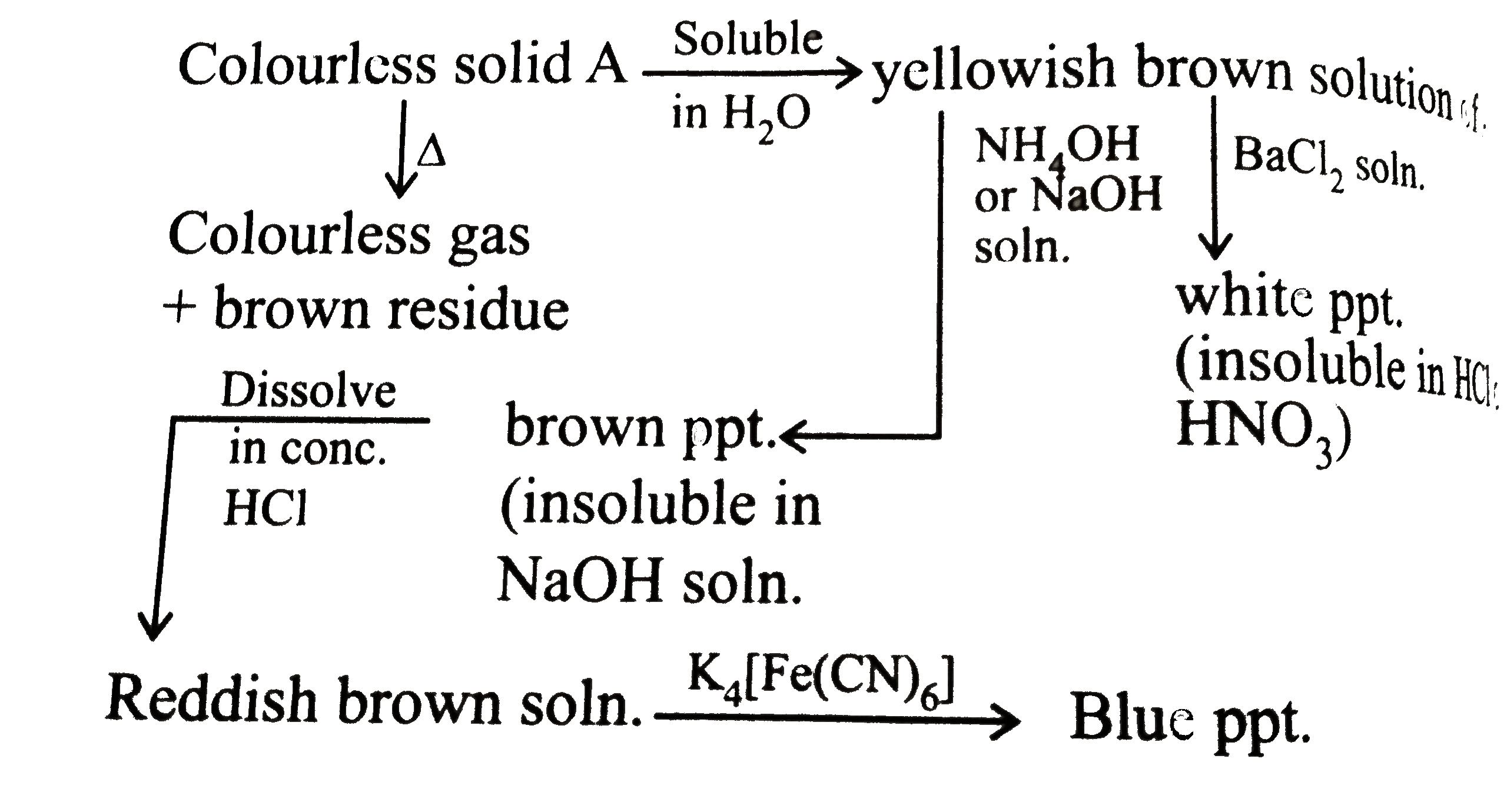
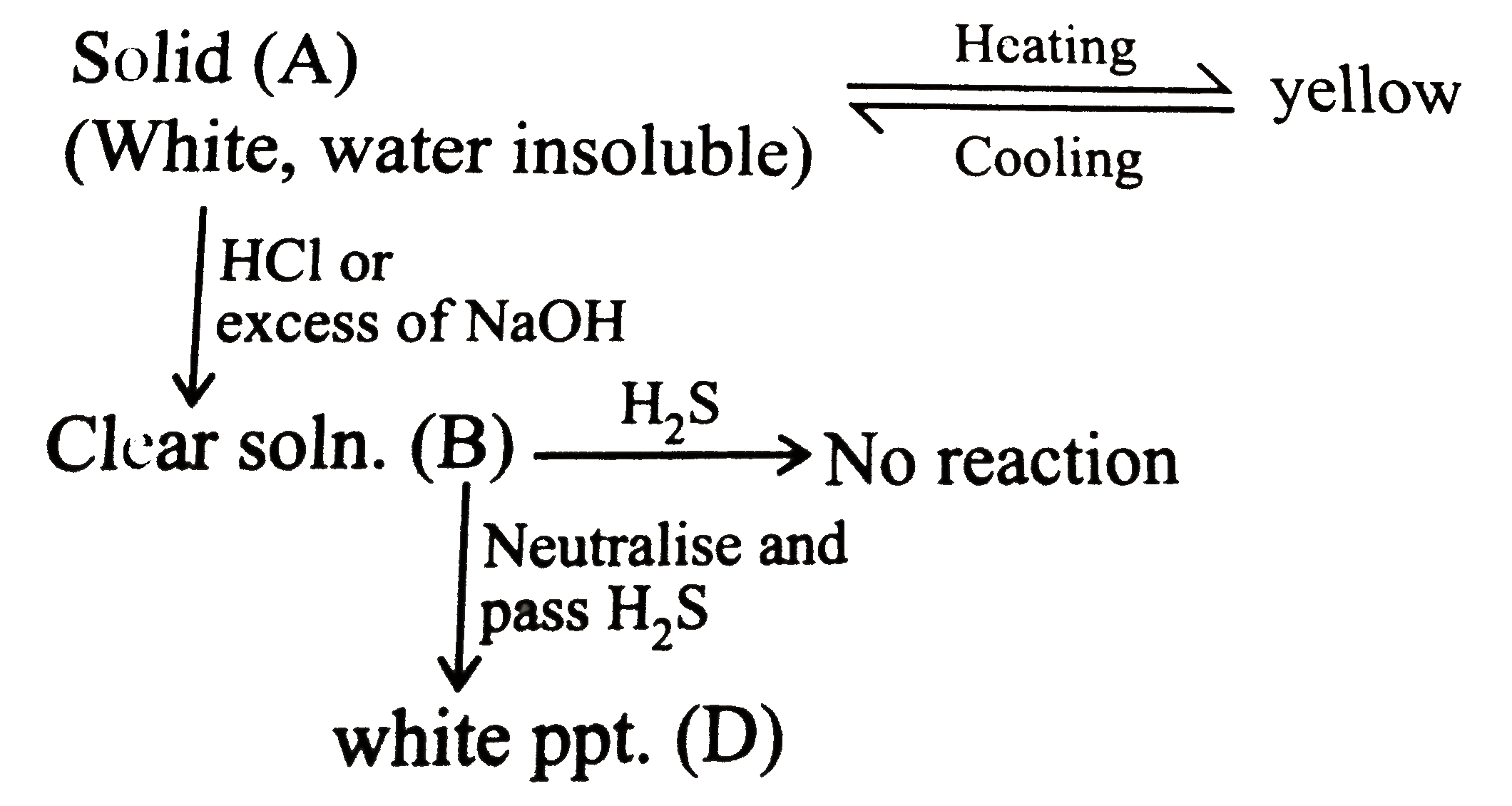



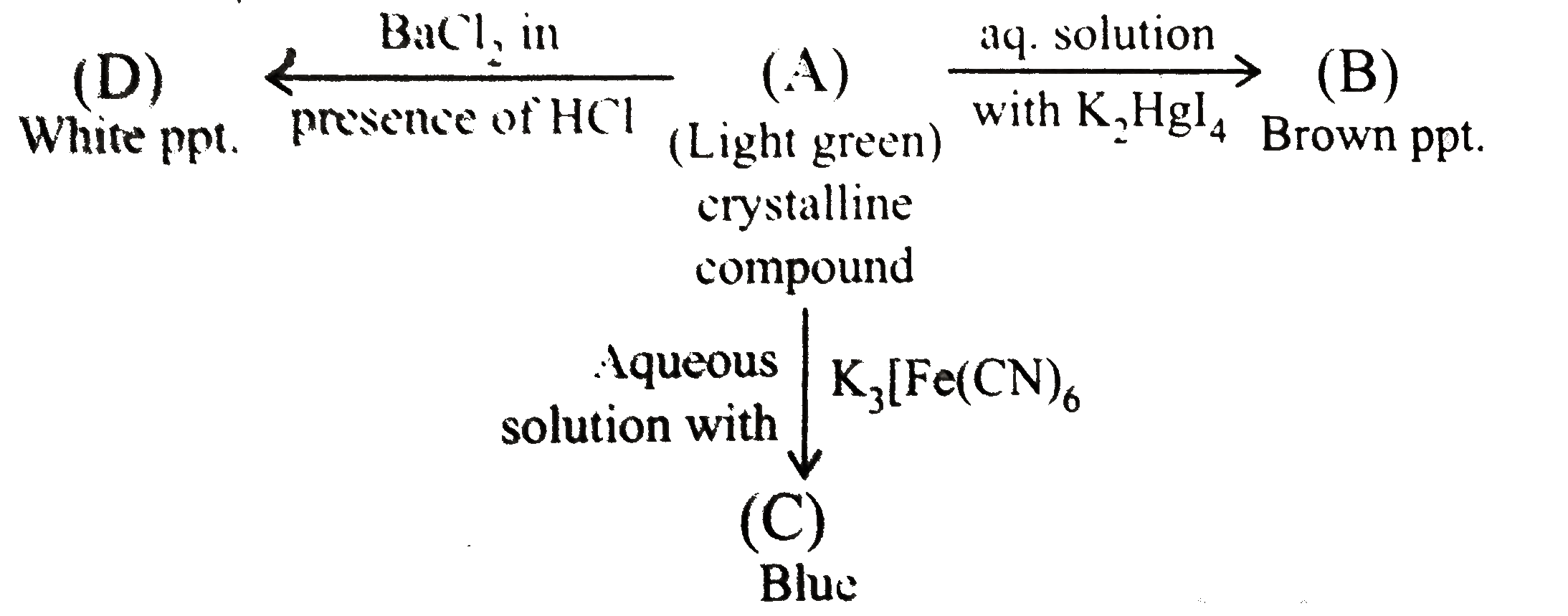
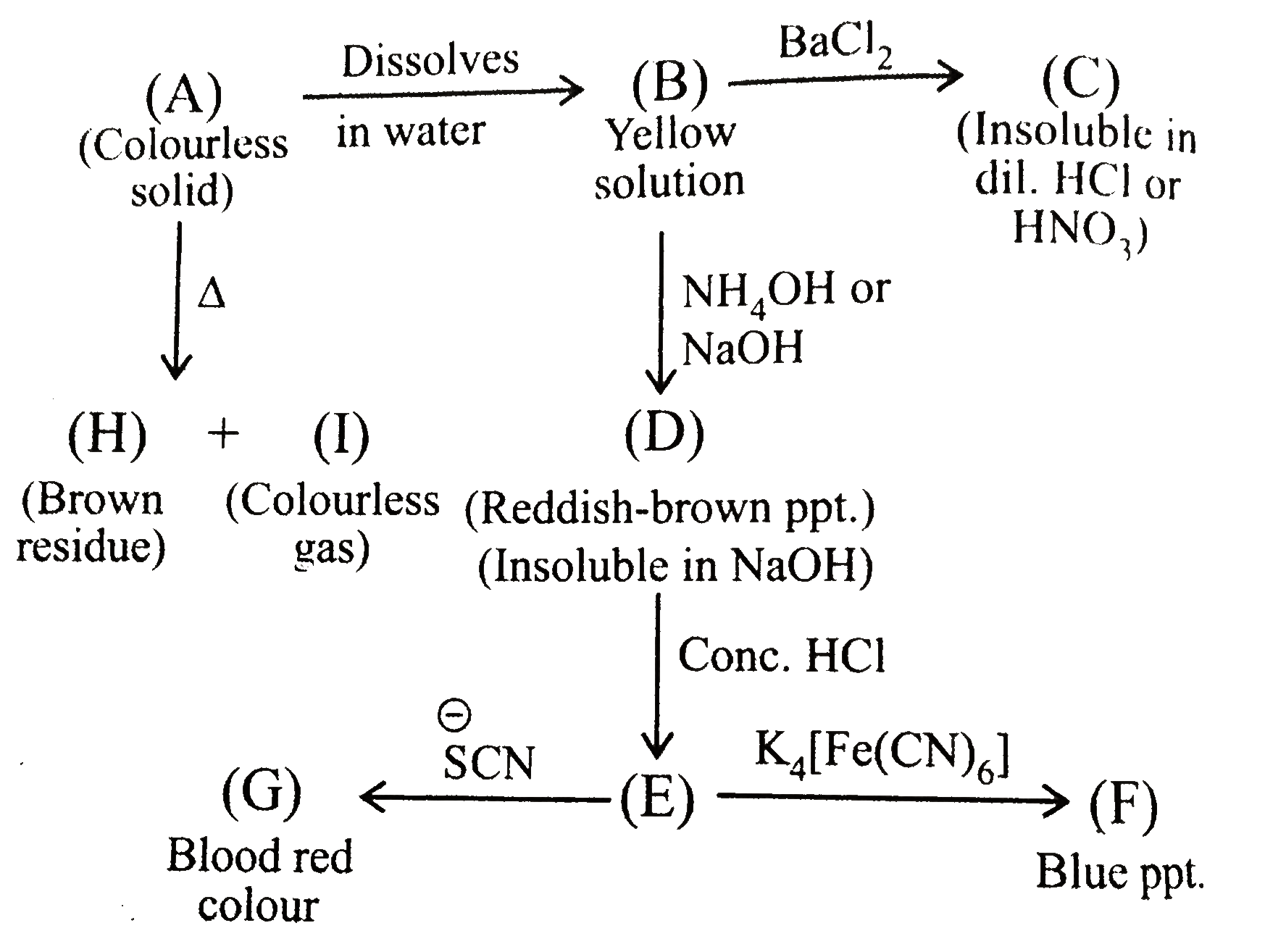
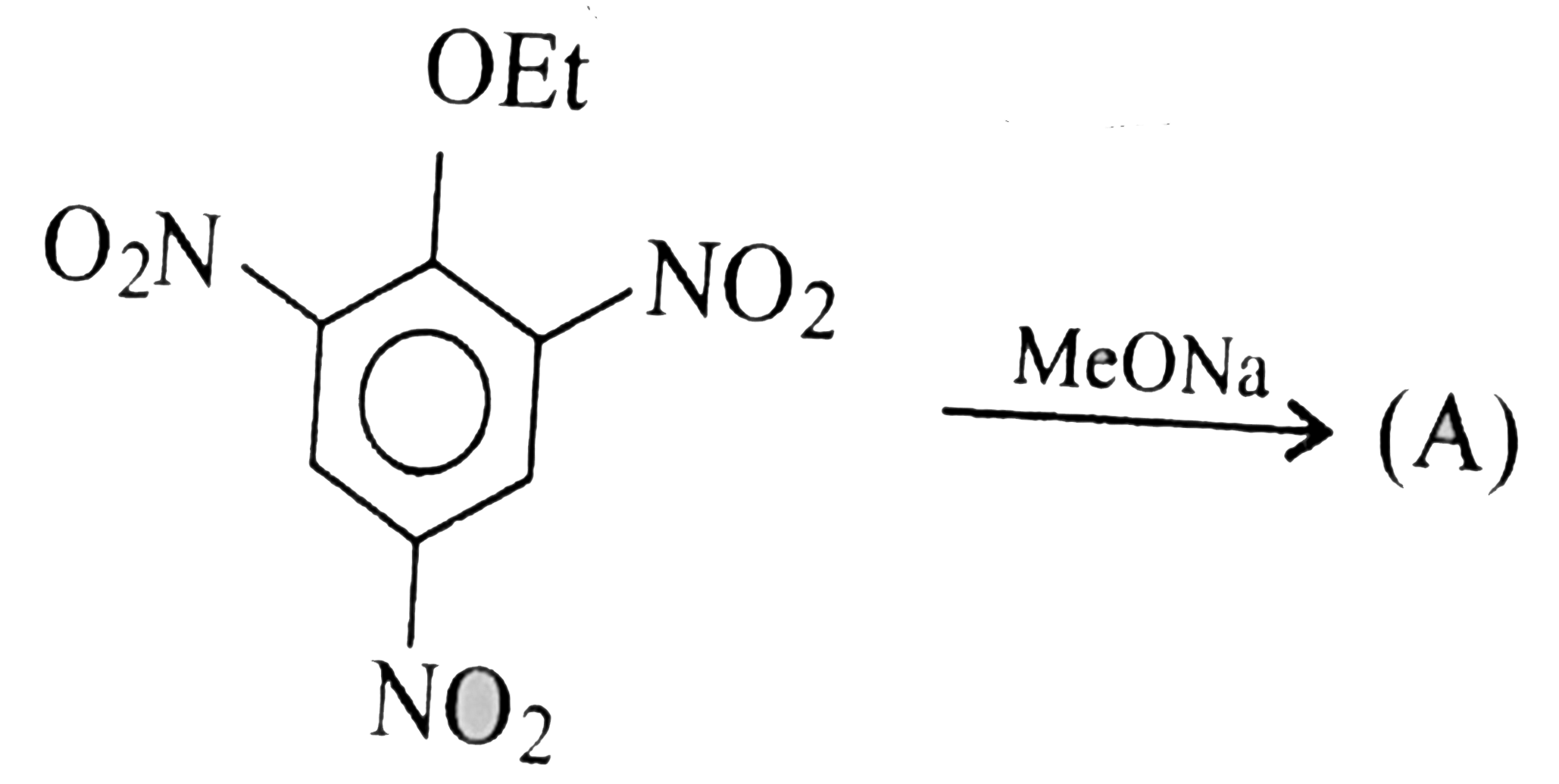
 Identify A.
Identify A.